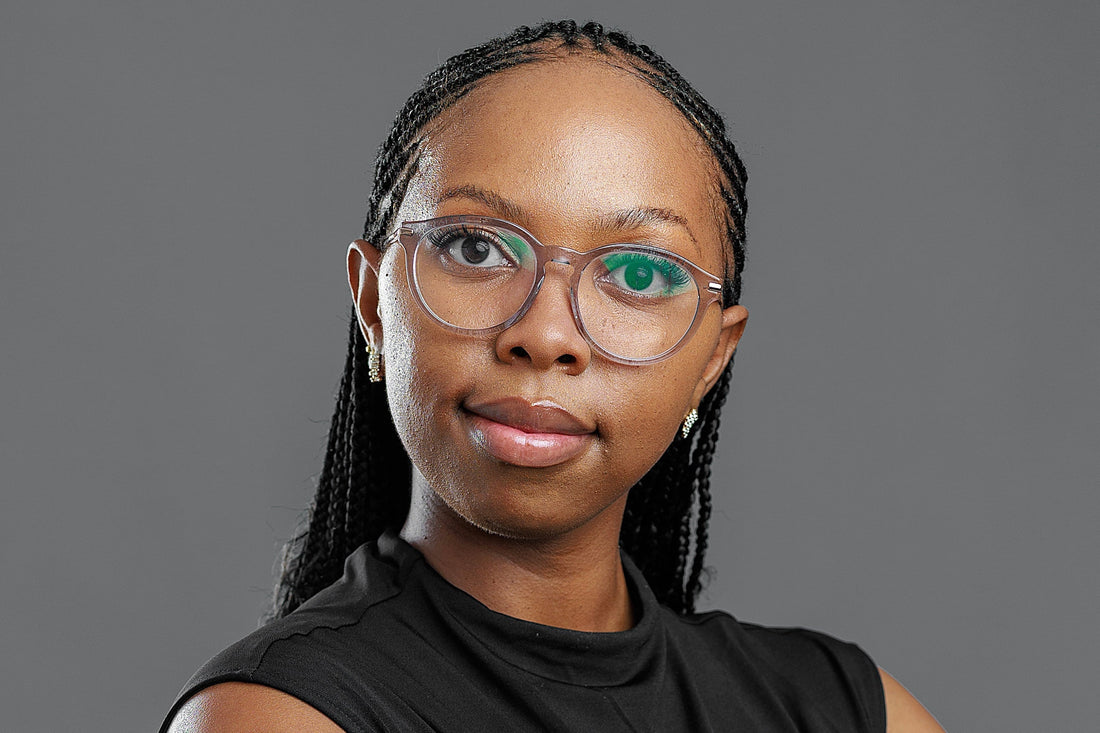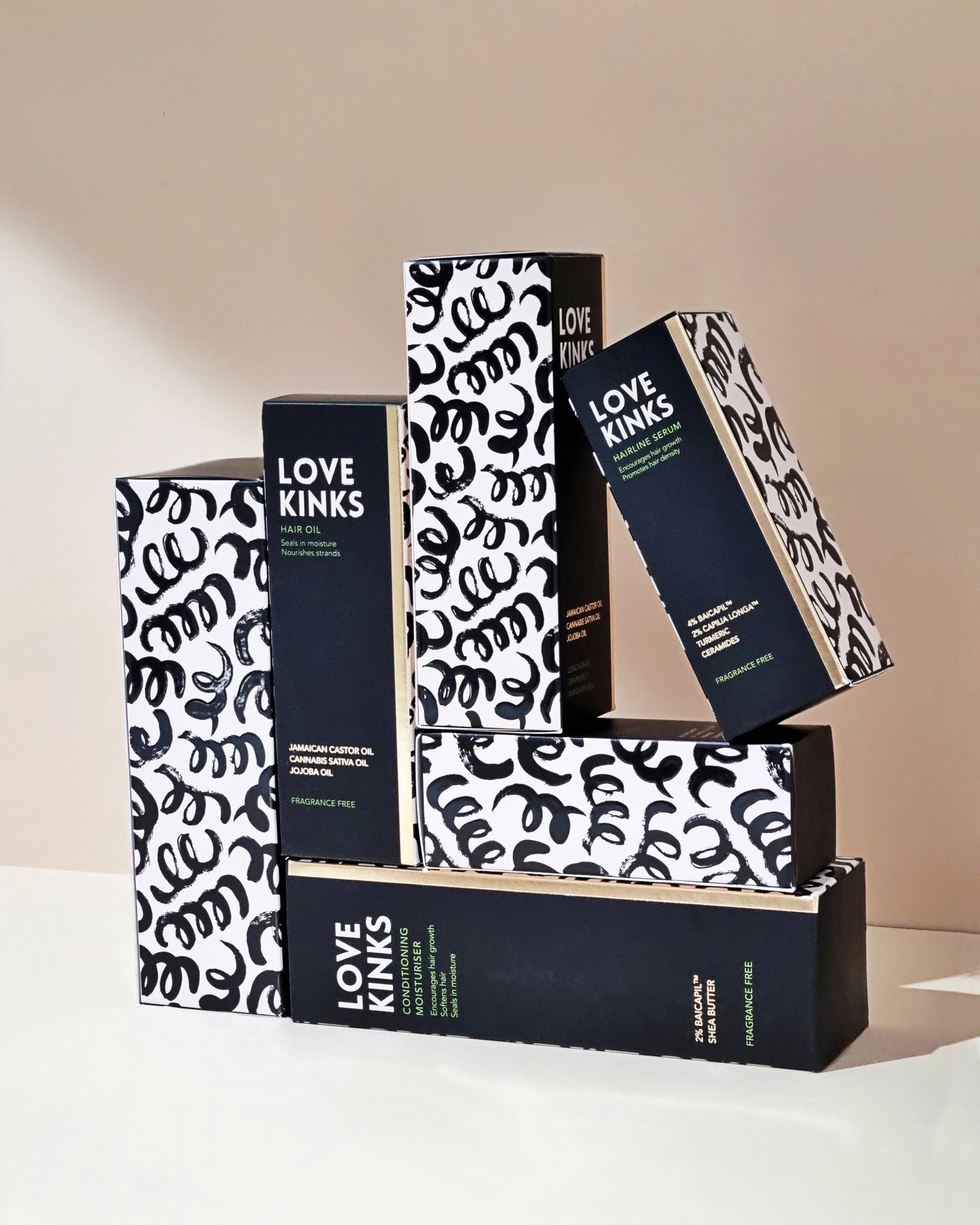
MY HAIRLINE STORY - FROM DREADLOCKS TO RECOVERY
Share
Hair is more than just hair, it’s confidence, identity, and, for many of us, a lifelong journey of learning what works and what doesn’t. My journey with my hairline has been filled with highs and lows, and today, I want to share it with you.
At 12 years old, I started high school with hair that always felt like a burden. My parents weren’t too concerned about my hair, they saw it as expensive and high maintenance. I, on the other hand, just wanted to fit in with the other kids and have hairstyles that other kids were having at that time. But constant styling meant extra costs, and in my household, that wasn’t a priority.
Their solution? Dreadlocks.
I didn’t have thick or naturally strong hair, but dreadlocks were supposed to be low maintenance, right? At least that’s what they thought. What no one tells you, though, is that the way dreadlocks are started matters a lot. The size, weight, and long-term impact on your hairline should be considered, but back then, I didn’t know that.
Once my dreadlocks locked, salon visits became a nightmare. My hair was pulled and twisted so tightly that I’d come home with a splitting headache. The only relief was wearing a wet doek (scarf) to ease the pain and taking a pain pill. Eventually, I stopped going to the salon altogether. Instead, I taught myself how to lock and twist my own dreadlocks, keeping them in a simple high bun to avoid the tension.
I maintained my hair religiously—washing and twisting every week to keep it neat. But I didn’t realize that frequent manipulation, paired with the weight of my growing locs, was slowly weakening my hairline.
At first, I was in denial. My dreadlocks were the longest my hair had ever been, and for someone who had never had thick, full hair, this was a major achievement. But my edges told a different story. The constant pulling, twisting, and weight of my locs had taken a toll. My hairline was receding.
Eventually, I had to face the hardest decision: cutting my dreadlocks.
It was an emotional experience. 10 years of growth, gone in minutes. My confidence took a hit, and for the first time, I felt exposed. I no longer wore my natural hair out; instead, I hid under wigs, ashamed of what had happened to my hairline.
At 28, I’ve realized that hairline health is just as important as hair length. It’s not just about using products—it’s about understanding your hair, seeking professional advice, and making choices that support long-term health.
That’s why I’m now on a journey with Love Kinks Hairline Serum, paired with other interventions prescribed by a trichologist (a specialist in hair and scalp health). My goal isn’t just to regrow my edges, but to heal my scalp, strengthen my hair, and make informed hair care choices moving forward.
If you’re struggling with hairline thinning, know the difference between regular shedding and a hairline that needs medical attention. Not all hair loss is the same, and sometimes, it takes a professional to guide you in the right direction.
Looking back, I wish I had known more about protective styling, hair density, and the effects of constant tension on my scalp. But today, I’m choosing to do better.
Your hair truly is your crowning glory, and it deserves the right care, not just whatever is convenient. If you’ve ever faced a similar struggle, I encourage you to invest in your scalp health, seek knowledge, and give your hairline the fighting chance it deserves.
Follow my journey as I document my Love Kinks Hairline Recovery—because healthy hair starts at the roots. 💛✨
Written by Tshegofatso Raborifi

